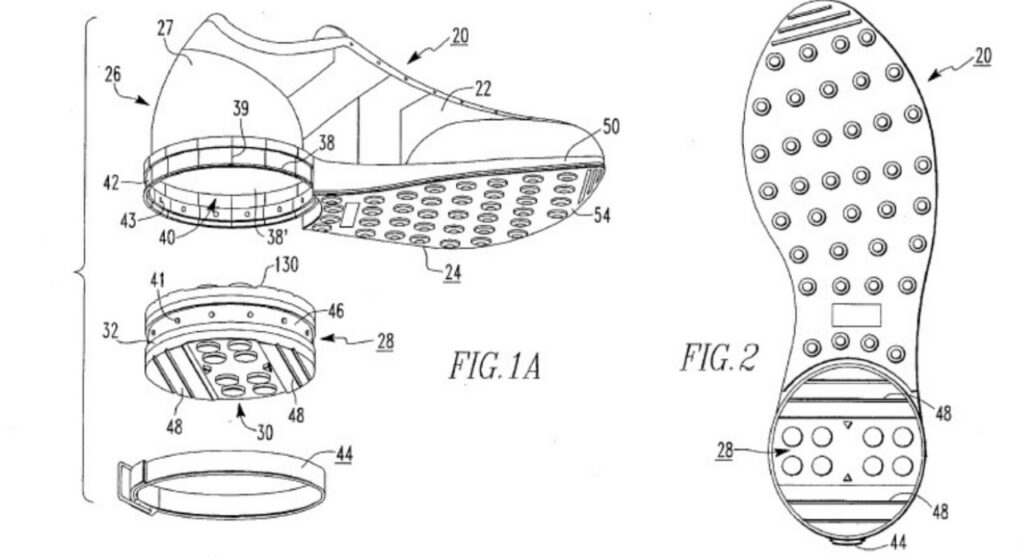July 31, 2020
On July 16, 2020, the Federal Circuit issued a decision in Akeva L.L.C. v. Nike, Inc., Addidas America, Inc. (nonprecedential) in which the difference between removing a subject
Read more
July 28, 2020
In assessing the obviousness of chemical species when prior art teaches an encompassing genus, Section 2144.08 of the MPEP advises us to consider any teaching or suggestion in the reference
Read more
July 24, 2020
On July 1, 2020, the Patent Trial and Appeal Board (“Board”) issued a decision in Ex parte Allen reversing an Examiner’s obviousness rejection for failing to
Read more
July 20, 2020
A rejection for obviousness must include “some articulated reasoning with some rational underpinning to support the legal conclusion.” KSR Int’l Co. v. Teleflex Inc., 550 U.S. 398, 418 (2007) (quoting In re
Read more
July 17, 2020
On July 10, 2020, the Patent Trial and Appeal Board (“Board”) reversed the Examiner’s anticipation and obviousness rejections in Ex parte Loveless. The rejections were based on the Examiner’s construction of certain claim limitations as relating to an intended use, rather than being structural
Read more
July 13, 2020
Ex parte Bobrowski is a 2008 decision of the Board of Patent Appeals and Interferences (BPAI) that is listed among the Patent Trial and Appeal Board’s
Read more
July 10, 2020
On June 30, 2020, the Federal Circuit issued a decision in Pacific Coast Building v. Certainteed Gypsum, Inc. (nonprecedential) agreeing with the District Court that patentee’s own term
Read more
July 6, 2020
On May 13, 2020, the Patent Trial and Appeal Board (“Board”) issued a decision in Ex parte Ismagilov reversing an Examiner’s rejection of original claims for
Read more
July 3, 2020
Obviousness-type double patenting (“ODP”) is a judicially-created doctrine designed to prevent a party from extending its right to exclude by enforcing claims in a later-filed patent that are
Read more
June 29, 2020
During patent examination, examiners must give claim terms “their broadest reasonable interpretation consistent with the specification.” MPEP 2111. The Patent Trial and Appeal Board (“Board”) emphasized
Read more










